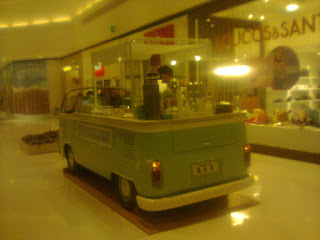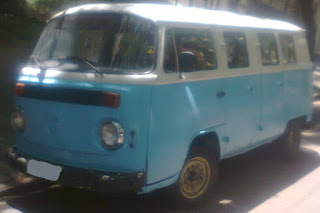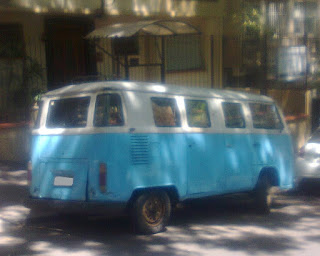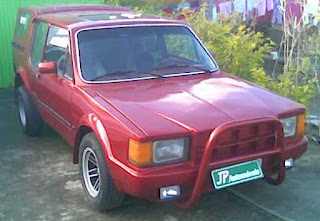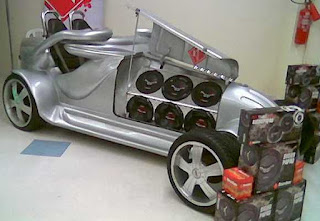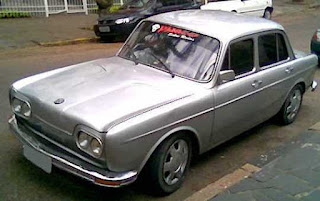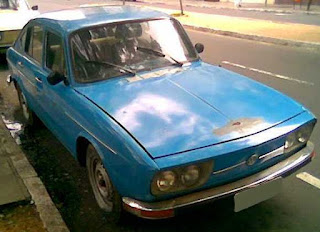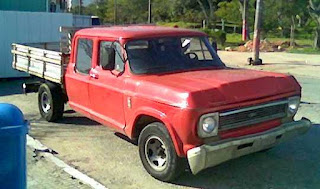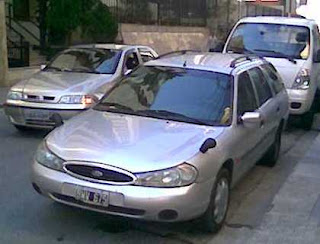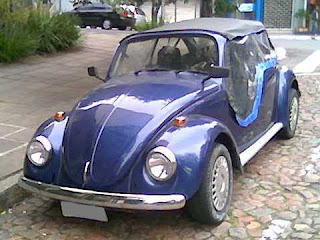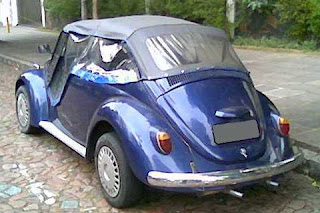Sure there are a few compromises, the most notable one being the cockpit and rear passenger door positions that would eventually not be in accordance to the export destination of a Tokyo-takeaway. Right-hand drive vehicles suitable to the left-hand traffic direction in Japan often have to go through a mandatory left-hand drive conversion in order to be allowed registry in countries such as Paraguay and Bolivia for example, even though the rear sliding door that was meant to be used in the curb side in a left-hand traffic such as Japan remains unchanged, thus becoming off-side for right-hand traffic which is prevalent in most of the Americas. At least in the continental mass, the only countries with traffic on the left side of the road are Suriname and the former British Guyana. Apart from those, only some island countries in the Caribbean such as Jamaica and Trinidad and Tobago keep the "English hand" traffic ordinance.
Another matter of concern regards to vehicle dimensions and off-road capability. It's quite predictable that a forward-control van is going to feature a longer front overhang, imposing some limitation to the approach angle, but it also offers some advantages such as a shorter wheelbase which keeps the turning diameter smaller and thus improves the maneuverability in tighter spaces ranging from rural unimproved mountain roads to urban parking spots that are often not so friendly to larger vehicles. Ground clearance and suspension travel might also be matters of concern for those who take off-road capabilities more seriously, even though some degree of components interchangeability makes it not so difficult to apply some upgrades originally meant for an SUV. However, since those Japanese vans that belong to the same class of the Toyota HiAce have an extremely utilitarian design still more focused on city and road operations, their wheel wells may be not so suitable to the oversized wheels and tyres frequently seen on SUVs like a Toyota Land Cruiser Prado. Actually, since a smaller tyre is usually more easily affordable, that would not really bother me.
SUVs being fancier than vans usually lead them to have a bigger footprint when we take in account their external lenght and width, but that doesn't reflect accurately in an improvement to interior space as it could be eventually supposed. A full-lenght bonnet/hood already takes too much of the platform lenght that could eventually serve to enhance the cargo and passenger capacity. Since midsize and full-size SUVs still rely more frequently on the traditional body-on-frame layout claimed to enhance the off-road capacities, with higher frame rails that would be supposed to be essential to overcome clearance issues for drivetrain and suspension components by setting the cabin floor to a higher position, internal height also becomes smaller and so goes the interior volume when a given external height limit is applied to both an SUV and a van. Even if we went to look some previous versions of the Toyota Hiace Regius/Grandia/Solemio that featured a semi-bonneted layout with the cockpit set a little further, the shorter cowl still leads to a greater use of space for passengers and to accomodate their luggage or even find some way to carry bulkier items or to fit a few more comfort features.






















